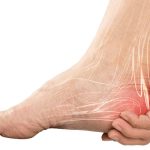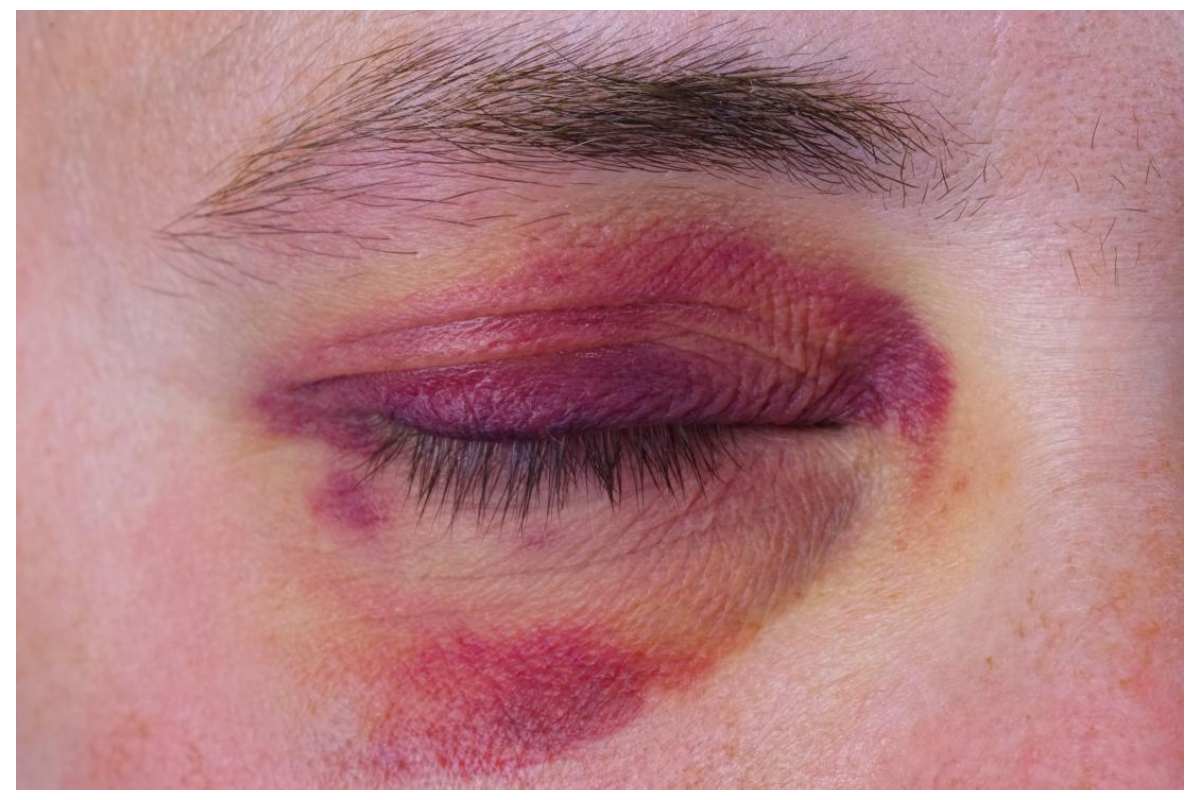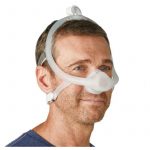Treat A Broken Eye Socket: Being the victim of an assault is traumatic to anyone. But, when that’s combined with physical injuries, then it can be devastating. If you are the victim of an assault and suffer a broken eye socket, the first thing you must do is try to find medical attention. This is a serious injury, and without professional medical treatment then, the prognosis becomes more serious.
In this guide, we provide you with an overview of the information that you need to know about injuries to the eye socket.
Table of Contents
Eye Socket Anatomy
Although you might think that the eye socket is one structure, it’s actually made up of several bones. The orbital floor forms the bottom section, then there are the medial and lateral walls which form the sides, and then there’s the roof. The bony edge around the outside of the eye socket is called the orbital edge.
The eye socket protects the eyeball, the muscles that move the eye, the blood vessels, and the associated nerves. So, a broken eye socket from a violent assault can significantly impact several structures associated with your vision.
Types of Eye Socket Injuries.
A broken eye socket (also called orbital fracture) happens when the bones around the eyeball have become severed, shattered, cracked, or stressed.
The three main types of eye socket fractures are:
- Orbital rim fracture – This fracture affects the rim bones of the eye socket. To receive this type of injury requires an incredible amount of force, and so it’s likely that it has affected not only the orbital rim but also other parts of the face and head.
- Orbital floor fracture – This fracture affects the floor bone of the eye socket. Where both the rim and the floor bones break, it’s classed as a direct fracture. When the floor bone fractures but the rim bones stay intact, then it’s known as an indirect fracture. This also creates the risk of eye muscles or other contents of the orbit becoming trapped in the displaced bone, and that then prevents the eye from moving normally.
- Trapdoor fracture – Although uncommon, this eye socket injury is most often seen in children due to the elasticity of their bones. The trapdoor fracture causes the floor bone to pivot open, trap soft tissues and then pivot back. When this happens, the blood stream to the tissue is cut off.
Symptoms of a Broken Eye Socket
The most common symptom of a broken eye socket is pain, which can variety from mild to severe reliant on the extent of the injury. Other symptoms may include:
- Swelling around the eye
- Bruising around the eye
- Tenderness in the area
- Redness in the eye
- Decreased vision or double vision (if there is damage to the eyeball)
It’s Essential To Seek Medical Attention
The first thing you need to do is seek medical attention. This is because a broken eye socket can be a very serious injury and, without proper medical care, can become a more significant issue.
Once you have been seen by a doctor, they will likely give you some pain medication to help with the pain and swelling. They may also recommend that you ice the area to help with the swelling. If your doctor feels it is necessary, they may also refer you to a specialist for further treatment.
Surgical options
In some cases, surgery may be required to repair the [eye socket]. However, this is usually only necessary if the break is severe or if there is damage to the eyeball itself.
Where there is a large fracture of the orbit, then it can result in a sunken eye appearance once the swelling has finally gone down. The repair of the [eye socket] is usually undertaken by reinforcing the fractured area with a synthetic implant, and this takes place a few weeks after the injury takes place.
In addition to the surgery itself, plastic surgery techniques are usually also needed to ensure the best outcome.
How Long Does A Broken Eye Socket Take to Heal?
Most broken [eye socket] injuries will heal on their own within 6-8 weeks. However, it is vital to follow your doctor’s instructions and not to put any undue pressure or strain on the area while it is healing. This means no heavy lifting, straining, rubbing, or touching of the [eye socket] itself.
Your Right to Compensation
While your primary consideration will be to focus on physical healing, it’s likely that you will incur expenses and have experienced trauma. For this, you are entitled to receive compensation for. If the injury took place at work or as a result of a motor accident, then it’s crucial that you seek professional legal advice to commence your claim.
Compensation is paid not only for medical expenses but also for the following –
- The physical pain and discomfort experienced.
- Psychological trauma
- The costs of a carer
- Loss of earnings
- Loss of future earnings
- The costs associated with adapting your home
If your injury is due to a criminal attack, then in the UK, your claim is made through the Criminal Injuries Compensation Authority.








